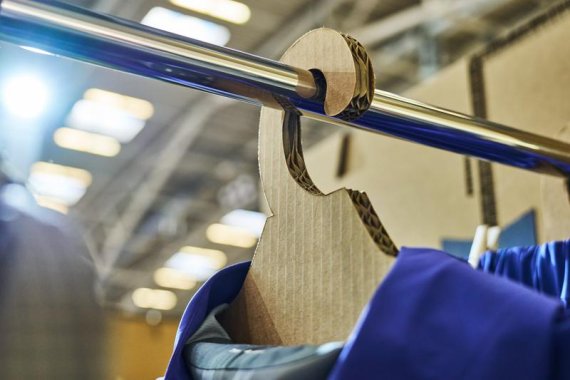What does quality mean to you and to Patagonia?
Do you think that garment quality has lost its value in recent years or even decades?
Why is it often hard for consumers to distinguish between good and bad quality?
What role does marketing play in this?
How can we, as a society, overcome overconsumption?
What role does legislation play from both a brand and consumer perspective?
What are Patagonia’s key focuses for 2025 in terms of quality?
If you had one wish for the sporting goods and apparel industry, what would it be?
Wendy Savage is Senior Director of Social Impact and Transparency at Patagonia. On the social side she looks after all impacts when it comes to labor and human rights. The transparency part focuses on knowing where products come from. Her job is to ensure that everything Patagonia tells their customers about fibers and how products are made, is backed up with reliable information.
Watch the full interview on YouTube:
Wendy: Quality for us is not just about durability, though that’s important. It’s also about the environmental and social impacts of our products. For example, we carefully consider the impact of the fibers we use. Additionally, we focus on transparency, making sure we know where our materials come from and that our partnerships with suppliers are based on openness. It takes time to create such a holistic product, but the result is something that lasts a lifetime, can be repaired, and even given a second life—keeping it out of landfills.
Yes. When products are designed without considering how they can be repaired or are made with fibers that have a significant environmental impact, it’s a problem. Unfortunately, this has worsened over the years. At Patagonia, we’re doubling down on our responsibility to deliver high-quality products.

We have so much information at our fingertips—sometimes too much. Consumers can start by looking at labels, certifications, and the types of fibers used. There are also organizations that rate brands based on various standards. It’s challenging, but as brands, we must communicate clearly and provide the information consumers need to make informed decisions.
Marketing plays a critical role, especially in education. At Patagonia, our philosophy isn’t about selling more products but rather informing customers so they can decide if they even need to buy a product. For instance, on our website, we offer both new and pre-loved products to highlight the importance of quality and mindful choices. Our marketing team is incredibly creative and works hard to translate technical information about quality, environmental efforts, and social impact into stories that customers can connect with.
That’s a big challenge and something we’re actively addressing. For example, Patagonia creates educational content to engage consumers on this topic. One of our recent videos explores the psychological triggers behind the “buy, buy, buy” mindset. We’ve been hosting panels on overconsumption and its connection to environmentalism. There’s a lot of work to be done, especially with the sheer volume of disposable products out there, but education and awareness are key.

Legislation is very important. When I started in this field over two decades ago, there wasn’t much interest in how products were made. Patagonia has always held itself to high voluntary standards, even when competing with brands that weren’t doing anything similar. It’s great to see that many of these voluntary efforts are now becoming part of legislation. While it will be challenging for brands that are just starting their journey, it’s necessary to scale good practices. Collaboration and sharing knowledge will help everyone move forward.
We’re doubling down on our existing efforts, especially scaling up our Worn Wear program. The goal is to get repaired and pre-loved goods into more homes. There’s still work to be done in educating consumers about choosing pre-loved products over new ones. We’re also hosting pop-up stores to showcase unique, repaired items. Beyond that, we’re focusing on living wages, decarbonization, regenerative organics, and more. Scaling circularity is especially exciting, and we’re looking at how legislation and brand collaboration can support that.

On the topic of circularity—let’s collaborate. If you don’t know where to start, knock on our door. We’re happy to share tools and ideas. Sometimes brands are hesitant, worrying that customers won’t embrace change. But you don’t have to overhaul everything at once. Start small—maybe with one product or one color—and see how it goes. Legislation will push us all further, but collaboration and small steps can make a big difference.
Thank you. It was a pleasure.
 SustainabilityReady for the Green Deal? An Update for the Sports Industry
SustainabilityReady for the Green Deal? An Update for the Sports Industry
- Awards
- Mountain sports
- Bike
- Fitness
- Health
- ISPO Munich
- Running
- Brands
- Sustainability
- Olympia
- OutDoor
- Promotion
- Sports Business
- Textrends
- Triathlon
- Water sports
- Winter sports
- eSports
- SportsTech
- OutDoor by ISPO
- Heroes
- Transformation
- Sport Fashion
- Urban Culture
- Challenges of a CEO
- Trade fairs
- Sports
- Find the Balance
- Product reviews
- Newsletter Exclusive Area
- Magazine


